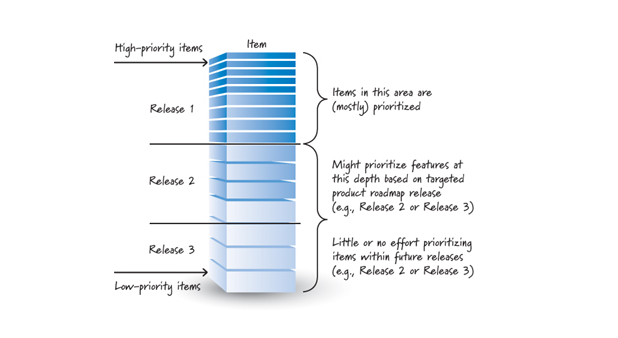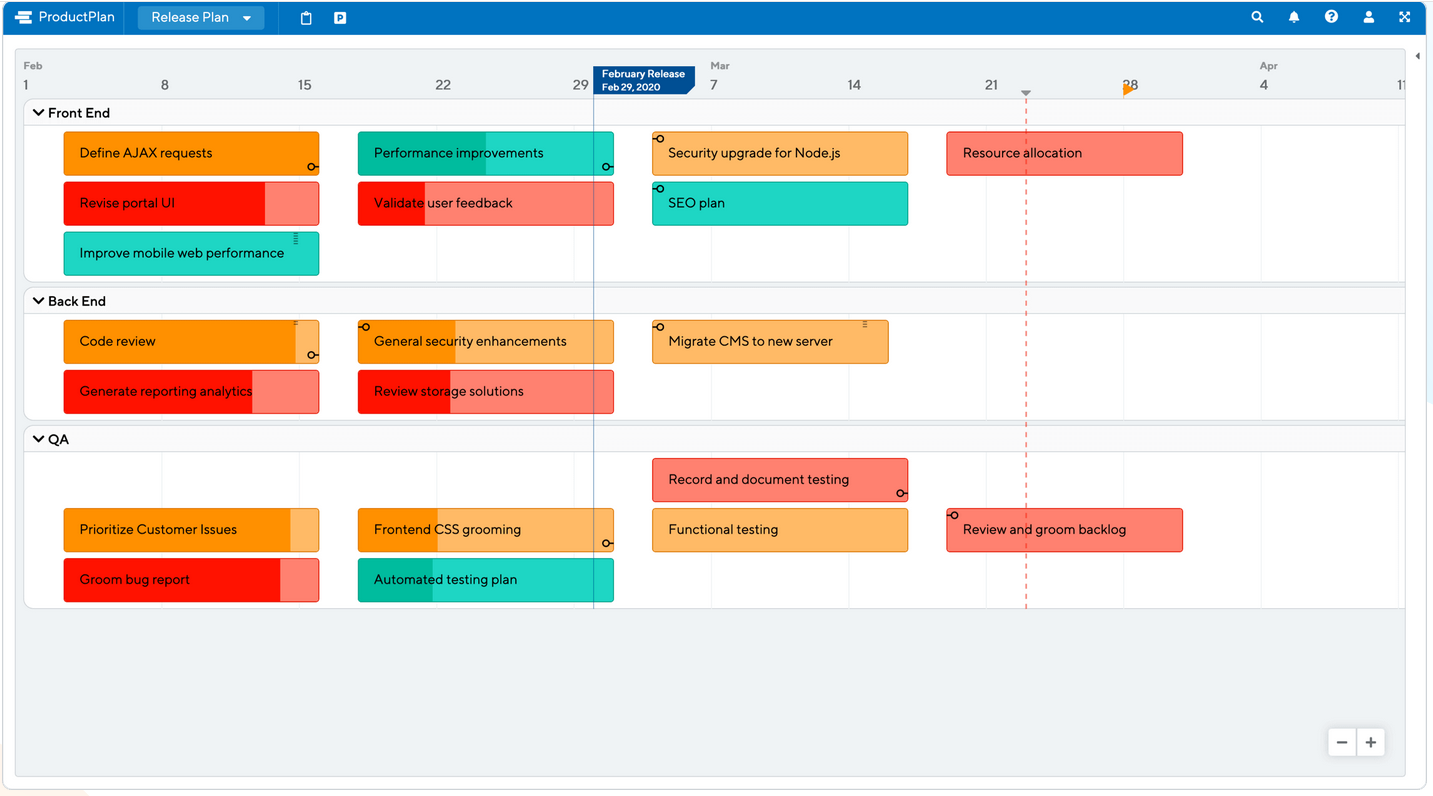Agile Release Planning
What is Agile Release Planning?
Agile Release Planning is a strategic approach in Agile project management that focuses on delivering product increments at regular intervals, typically every 2-3 months.

Why do we need a Release Planning?
The primary goal of release planning is to establish a roadmap that outlines how and when product increments will be delivered. This involves identifying the features to be included in each release, estimating the effort required, and setting timelines. By doing so, teams can prioritize work effectively, allocate resources efficiently, and ensure that the most valuable features are delivered first. Additionally, release planning facilitates better communication among stakeholders, aligning everyone on the project's objectives and progress.
Key Components of Release Planning
Several critical elements constitute an effective release plan:
- Product Backlog: A prioritized list of features, enhancements, and bug fixes that need to be addressed.
- User Stories: Detailed descriptions of functionalities from the end-user's perspective, helping teams understand the value and requirements of each feature.
- Sprint Planning: Dividing the release into smaller iterations or sprints, allowing teams to focus on specific tasks and deliverables within a set timeframe.
- Timeline Estimation: Assessing the duration of each sprint and the overall release to set realistic deadlines and manage expectations.
- Resource Allocation: Determining the team members and resources required for each sprint to ensure optimal productivity and efficiency.
By integrating these components, teams can create a comprehensive release plan that guides the development process and facilitates timely delivery of product increments.
Who is involved?
Effective release planning requires collaboration among different stakeholders:
- Scrum Master - Facilitates the planning process, addresses impediments, and ensures adherence to Agile principles.
- Product Owner - Responsible for defining the product vision, prioritizing the backlog, and ensuring that the team delivers value to customers.
- Agile Team - Provides input on technical feasibility, estimates effort, and commits to delivering specific features within sprints.
- Stakeholders - Offer insights into customer needs, market trends, and business objectives, ensuring the product aligns with organizational goals.
Continuous Review and Adaptation
Agile Release Planning is not a one-time activity but an ongoing process that evolves with the project:
- Regular Reviews: At the end of each sprint, the team reviews progress, gathers feedback, and makes necessary adjustments to the plan.
- Incorporating Feedback: Customer and stakeholder feedback is continuously integrated to refine features and priorities.
- Adjusting Timelines: Based on the team's velocity and any unforeseen challenges, timelines may be revised to ensure realistic delivery schedules.
- Reprioritization: As new information emerges, the product backlog is reprioritized to focus on delivering the most valuable features first.

